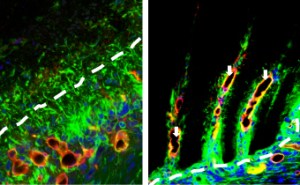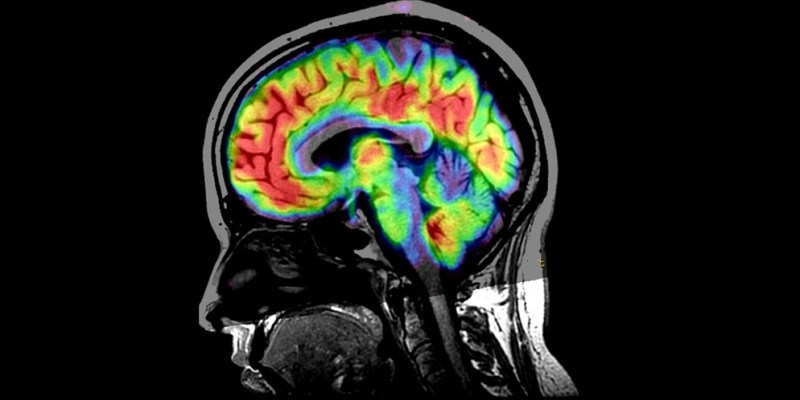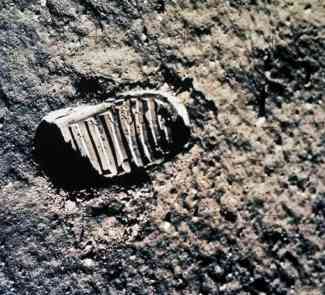Scientists at the Institute of Bioengineering of Catalonia have developed biodegradable implants that help the brain cure itself after an accident. These nanofibres could help promote new advances for the combined efforts in the fields of medicine and technology.
For quite some time, nanotechnology and medicine have been advancing hand in hand towards the goal of taking better care of our health. Biosensors to improve the diagnosis of certain diseases or specialised nano-drugs are just a few of the applications that we can find in the field of nanomedicine. Recent research done by the Institute for Bioengineering of Catalonia has resulted in the creation of biodegradable implants that help the brain cure itself.
Injuries caused during the prenatal and postnatal phases can seriously affect development and frequently cause serious disabilities. However, the biodegradable implants designed by the team of Zaida Álvarez could recreate the micro-environment in which the brain lives during embryonic development.
 These nano-fibres release L-lactate, a chemical compound that promotes angiogenesis, which is required for the brain to start the process of curing itself. The biodegradable implants are also able to induce the generation of new nerve cells, which means that these structures stimulate regenerative medicine.
These nano-fibres release L-lactate, a chemical compound that promotes angiogenesis, which is required for the brain to start the process of curing itself. The biodegradable implants are also able to induce the generation of new nerve cells, which means that these structures stimulate regenerative medicine.
The findings were published in Biomaterials, and represent a very important stride forward in the application of biomimicry in medicine. By “imitating” the environment in which the brain lives during embryonic development, these Catalonian researchers have successfully stimulated the brain to cure itself, at least in the tests carried out on animal models.
And the thing is that it’s no easy task for researchers to find strategies to regenerate the brain. The three main obstacles (poor integration of the implants available up to this point, low vascularisation and ineffective cell survival) meant that the brain was unable to cure itself after suffering different types of trauma. The use of biodegradable implants, however, is a good example of how biomimicry can also help to take care of our health.
In the words of Zaida Álvarez, “these biodegradable implants make it possible to regulate the biophysical and metabolic parameters that facilitate the regeneration of the brain”. This achievement, though only demonstrated in rodents, is an important milestone in medicine applied to the brain, and could be used to cure this vital organ after an accident or trauma. However, despite the good news, scientists remain cautious, because more years of research and clinical testing will be required before these implants can someday be used in human beings.
Images| GE Healthcare, IBEC Barcelona









